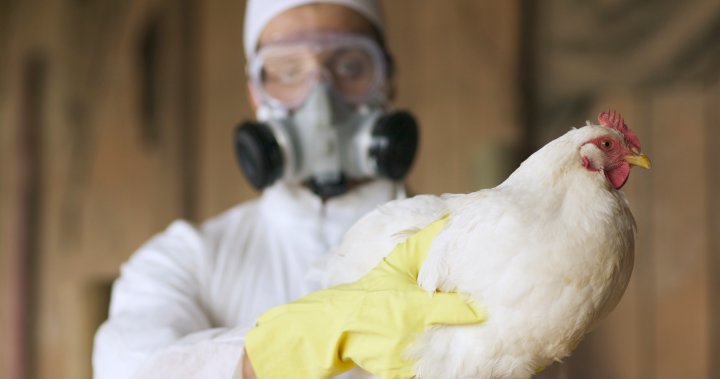
Bird flu in Canada: What to know about poultry and milk safety
Global News
People have been hearing a lot about H5N1 bird flu — or highly pathogenic avian influenza — since a B.C. teen became the first human to get the virus in Canada and is in hospital.
People have been hearing a lot about H5N1 bird flu — or highly pathogenic avian influenza — since a B.C. teen became the first human to get the virus in Canada and is in hospital.
It’s not yet known how the teen got infected, but Dr. Theresa Tam, Canada’s chief public health officer, said on Wednesday that genomic sequencing shows they have a strain of H5N1 similar to the strains found in poultry farm outbreaks in British Columbia.
More than 20 locations with infected poultry have been identified in the province since the beginning of October, according to a news release posted recently on the B.C. government website.
The H5N1 strain the teen has is not the same genotype that’s been found in people who were infected by dairy cattle in the U.S., Tam said in an interview.
While there have been several outbreaks of bird flu on dairy farms in multiple states, the virus has not been detected on dairy farms anywhere in Canada.
The Canadian Food Inspection Agency has been testing raw milk arriving at processing plants in each province for the bird flu virus.
It has also been testing pasteurized retail milk samples.
Tam said that like wastewater testing for viruses such as COVID-19 and seasonal flu, the milk testing aims to provide an “early warning” signal if H5N1 has reached dairy farms in Canada.











